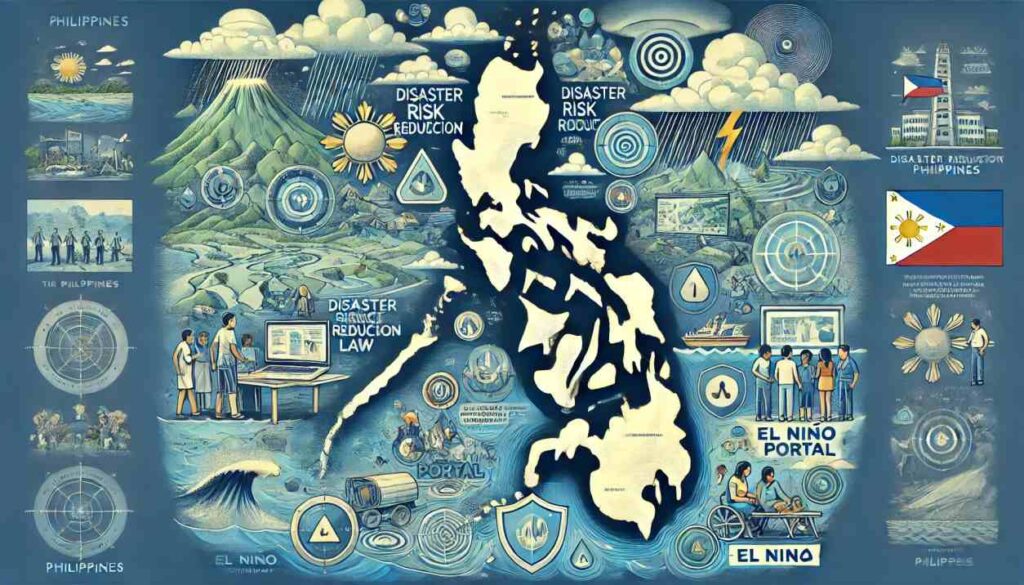
Key Highlights
Philippine Defense Secretary Gilberto Teodoro Jr. has called on lawmakers to revisit the Philippine Disaster Risk Reduction and Management Act of 2010 (Republic Act 10121) to address gaps in managing emerging climate risks and calamities. The proposal was made during the 2024 Asia-Pacific Ministerial Conference on Disaster Risk Reduction held in Pasay City on Wednesday.
A Call for Modernization
In his speech, Teodoro emphasized the importance of reassessing the law, which was enacted over a decade ago.
“Senator Loren Legarda has underscored that our current disaster risk reduction law was enacted 15 years ago, and it is time for a review,” he said.
Teodoro pointed out that changing circumstances and on-the-ground experiences have revealed areas that need to be streamlined or updated to improve disaster response.
The existing law, under Section 4, focuses on various disaster management aspects such as:
- Developing policies and plans.
- Implementing early warning systems.
- Promoting risk assessment and awareness.
- Ensuring preparedness for effective response and recovery.
However, Teodoro highlighted the need for constant assessment to refine efforts and adapt to new challenges.
Vulnerable Groups Must Be Prioritized
Senator Loren Legarda, a long-time advocate for disaster risk reduction, stressed the importance of inclusivity in shaping a modern framework.
“Leaving no one behind must drive the renovation of risk governance,” she said, calling for leadership opportunities for women, girls, persons with disabilities, and marginalized communities in building resilient systems.
Legarda’s vision aligns with Teodoro’s remarks on the diversity of risks faced by local communities. “Sometimes, within one local government unit, there are multiple phenomena that need to be addressed,” Teodoro said.
Innovative Tools for Disaster Preparedness
The government has introduced tools like the El Niño Portal, a centralized platform where local government units (LGUs) can access national data to enhance disaster risk planning. Initially developed to address the El Niño phenomenon, the platform will soon evolve into a comprehensive disaster risk reduction portal, providing real-time data for LGUs and other agencies.
Teodoro shared that while the El Niño phenomenon officially ended in June, the portal is being expanded to prepare for broader climate-related risks, including La Niña.
Building Resilient Systems
Teodoro and Legarda both stressed the urgency of a forward-looking, inclusive disaster risk management system that not only addresses immediate challenges but also prepares the country for future climate risks.
Conclusion
As the government works to adapt and strengthen disaster risk management strategies, revisiting the 15-year-old Disaster Risk Reduction and Management Act is critical. Emphasizing inclusivity, data-driven planning, and adaptability will ensure a more resilient Philippines.
Disclaimer: This article reflects general trends and official statements. For specific disaster preparedness guidelines, consult local authorities or national disaster agencies.


